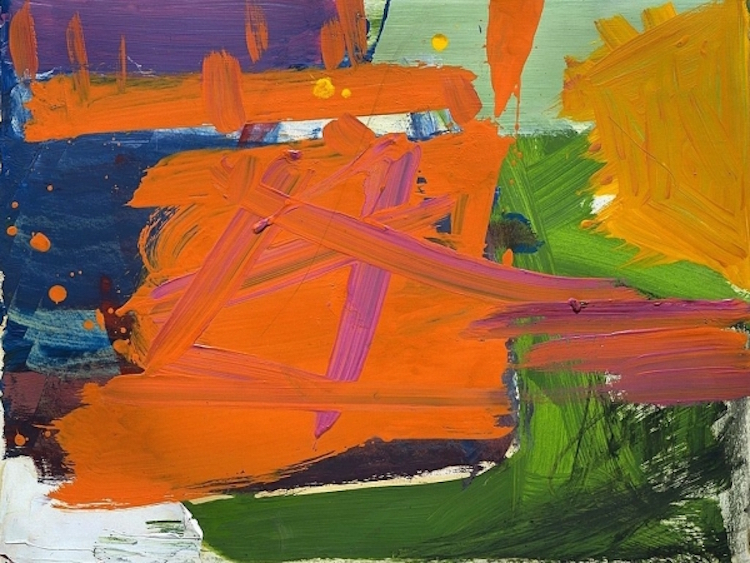그림 보는 법을 바꾸어 놓은 9명의 추상화가들 9 Abstract Artists Who Changed the Way We Look at Painting
9 Abstract Artists Who Changed the Way We Look at Painting
그림 보는 법을 바꾸어 놓은 9명의 추상화가들
By Kelly Richman-Abdou on June 22, 2017
Today, abstract painting is viewed as a key style contained within the Modern Art movement. Pioneered by many forward-thinking 20th-century painters and celebrated for its avant-garde aesthetic, the abstract genre represents a pivotal moment in modernism.
As a catalyst for contemporary art, abstract painting rejected the “rules” of traditional art. Rather than focus on figurative and representational depictions, abstract painters placed emphasis on color, composition, and emotion. Similarly, instead of concentrating solely on the completed works, these artists placed importance in the process. Here, we explore these key figures, paying particular attention to their unique styles, differing approaches, and enduring contributions to abstract art.
바실리 칸딘스키 (Wassily Kandinsky) 화가
러시아 태생의 화가. 추상미술의 아버지이자 청기사파의 창시자로 사실적인 형체를 버리고 순수 추상화의 탄생이라는 미술사의 혁명을 이루어냈다. 미술의 정신적인 가치와 색채에 대한 탐구로 20세기 가장 중요한 예술이론가 중 한 사람으로 불리며, 바우하우스의 교수로도 재직했다 출처 네이버백과
Wassily Kandinsky
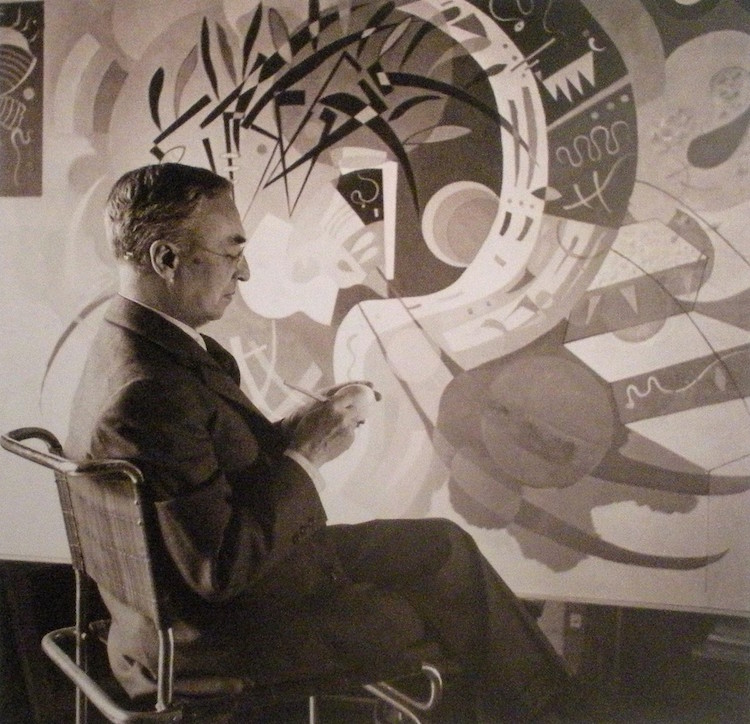
Photo: The Hermitage
Today, Russian painter Wassily Kandinsky is celebrated as a predominant pioneer of the abstract genre. Kandinsky's practice was dictated by “inner necessity“—a concept that called for artists to be “blind to ‘recognized' and ‘unrecognized' form, deaf to the teachings and desires of his time.” This avant-garde approach culminated in compositions that forewent figurative forms for geometric shapes, floating lines, and vibrant colors.
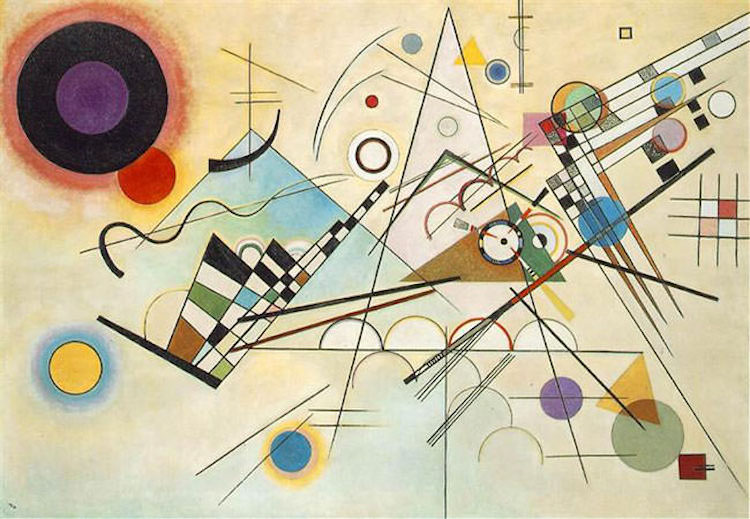
Composition 8 (1923)
Photo: The Guggenheim
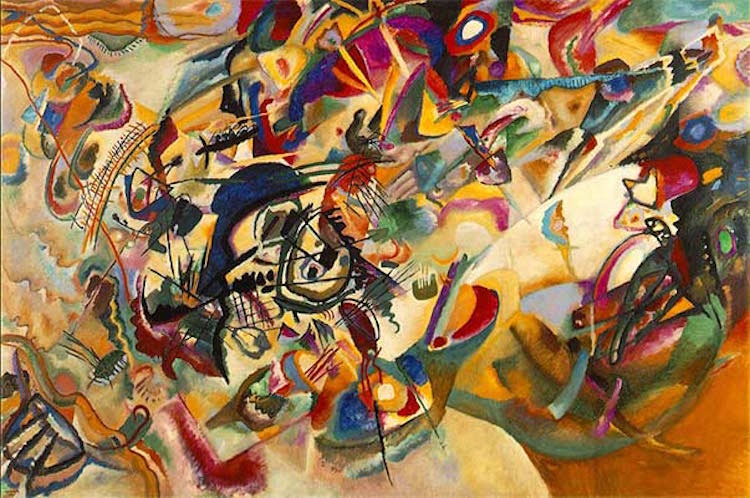
Composition VII (1913)
Photo: WassilyKandinsky.net
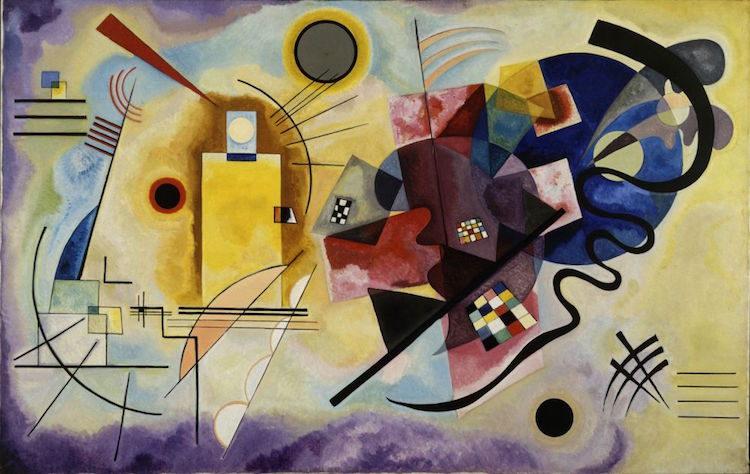
Yellow-Red-Blue (1925)
Photo: Wassily-Kandinsky.org
Piet Mondrian
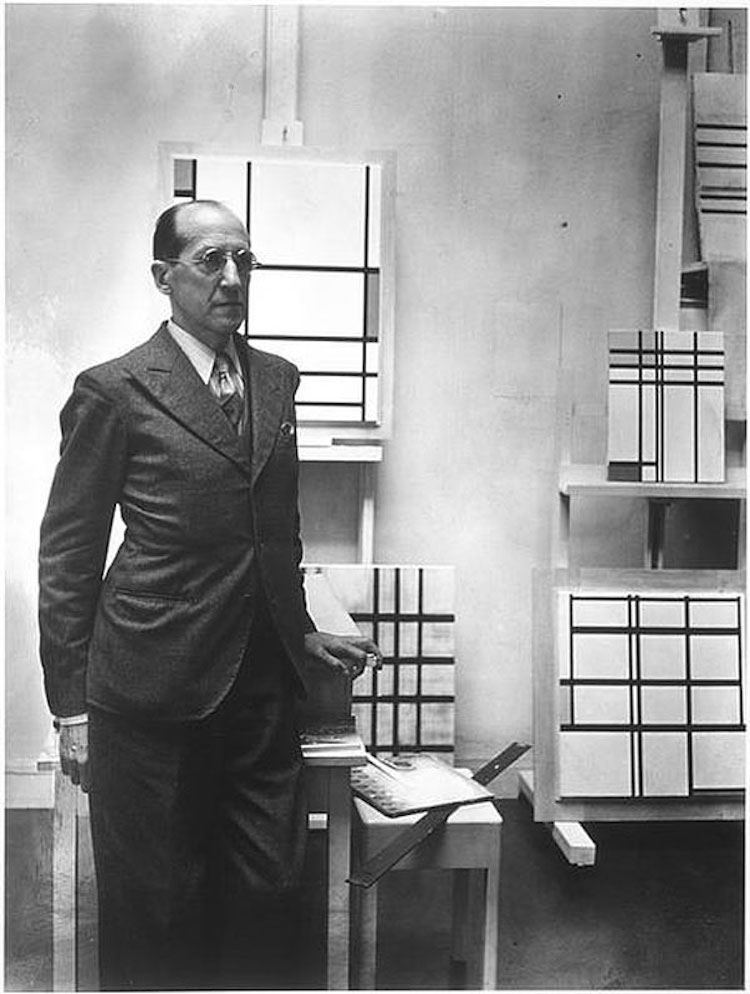
Photo: Centre Pompidou
Piet Mondrian, a Dutch artist, was a leading figure in the De Stijl movement. De Stijl, also known as neoplasticism, focused on the simplification of form and tone—namely, on the use of lines and primary colors. This aesthetic pair was intrinsic to Mondrian's practice, as he believed that “everything is expressed through relationship. Color can exist only through other colors, dimension through other dimensions, position through other positions that oppose them. That is why I regard relationship as the principal thing.”
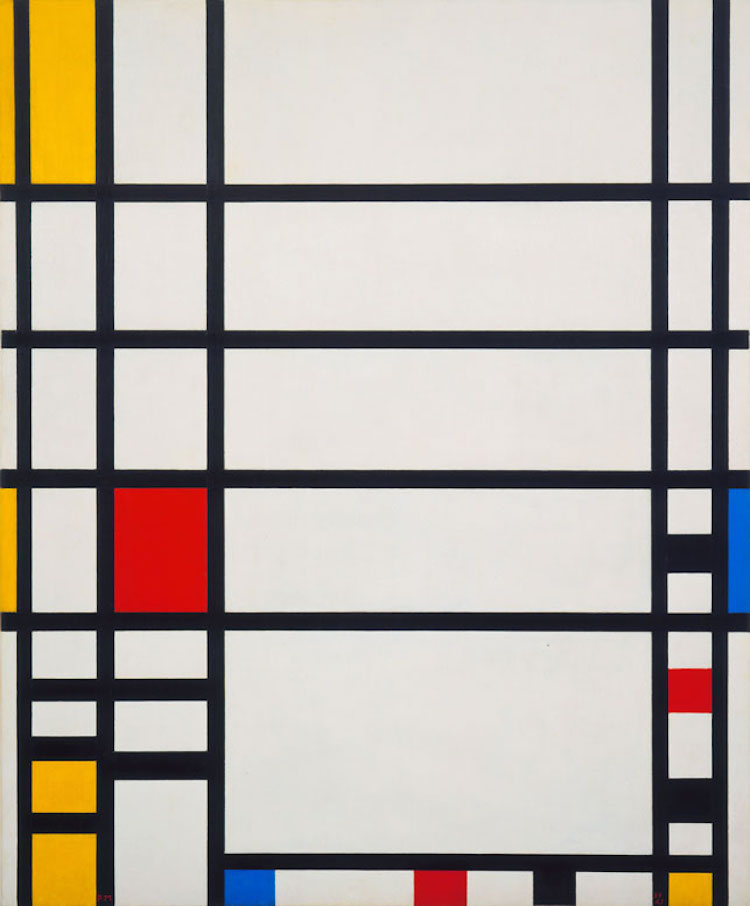
Trafalgar Square (1939-43)
Photo: MoMA
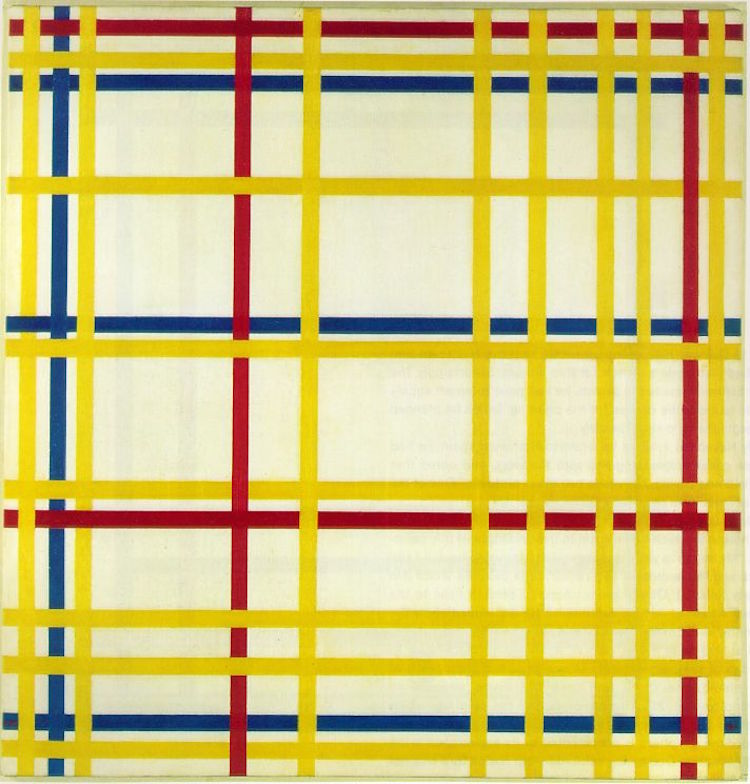
New York City I (1942)
Photo: Ons Erfdeel
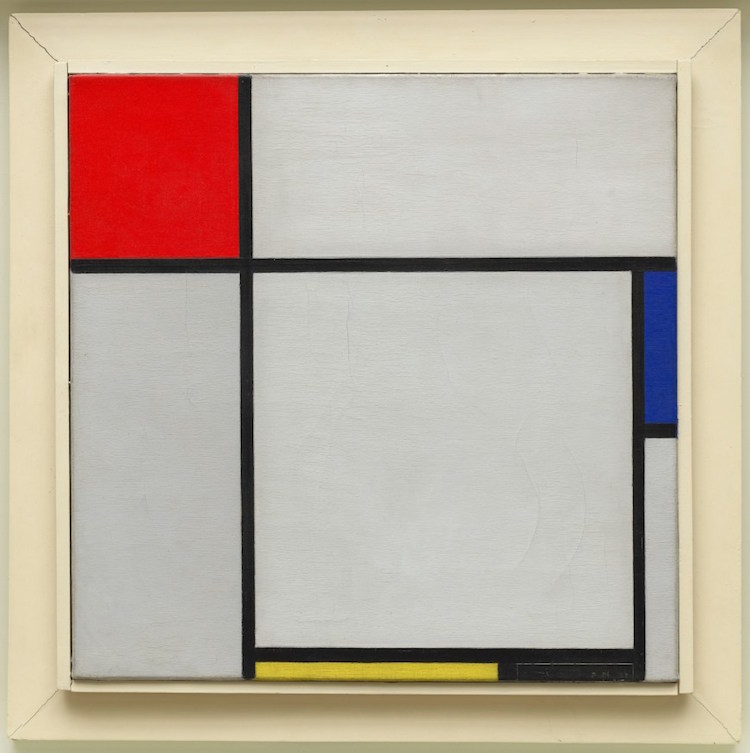
Composition (1929)
Photo: Guggenheim
Jackson Pollock
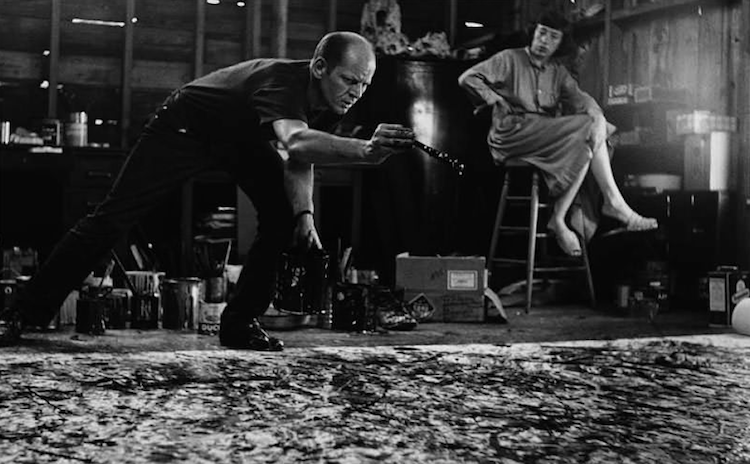
Photo: Jackson-Pollock.org
American artist Jackson Pollock played a major role in the rise of Abstract Expressionism, a post-war movement characterized by spontaneous creation, energetic composition, and gestural paint application. To produce his iconic action paintings, Pollock would drip, pour, and splash industrial paint onto large-scale canvases strategically set on the floor.
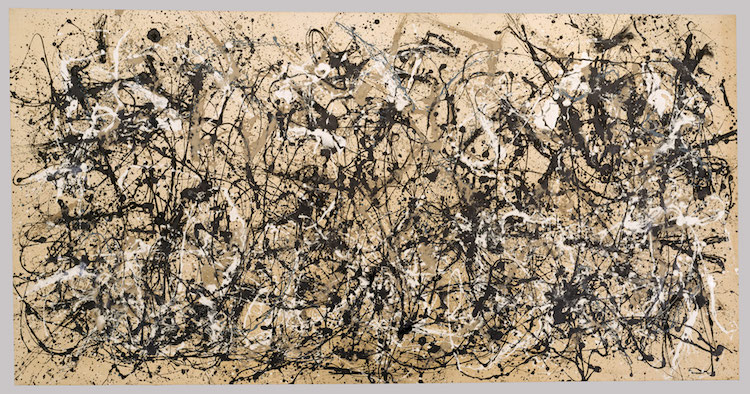
Autumn Rhythm (1950)
Photo: Met Museum

Convergence (1952)
Photo: Albright-Knox
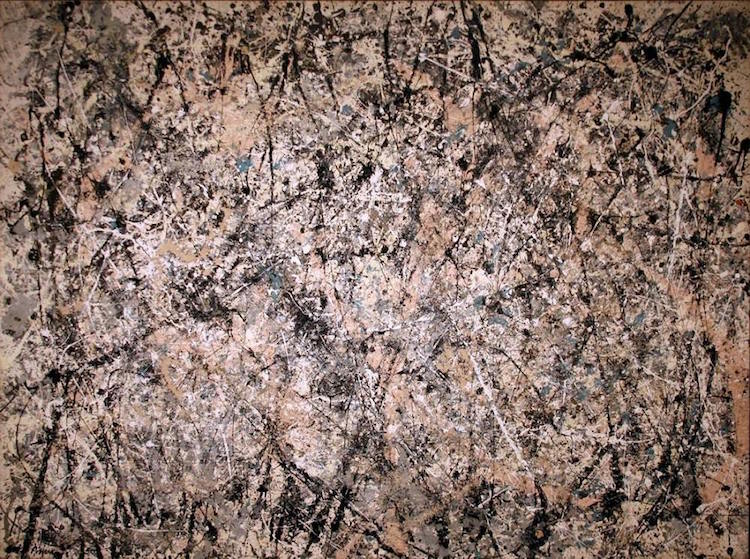
Lavender Mist (1950)
Photo: National Gallery of Art
Clyfford Still
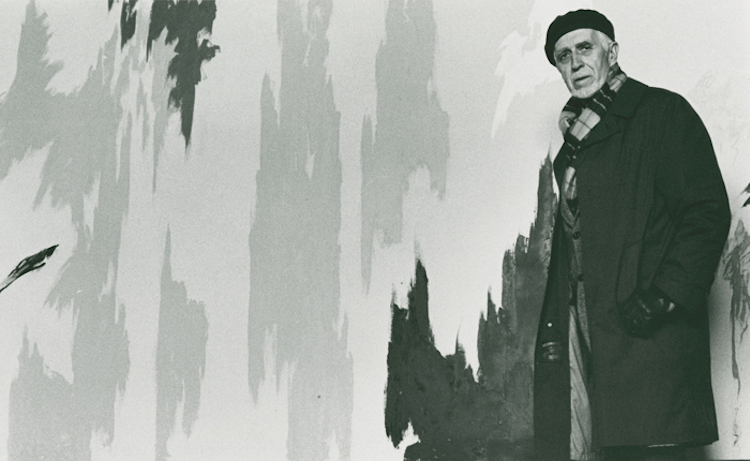
Photo: Art News
Along with Pollock, Clyfford Still helped elevate Abstract Expressionism into a prominent art form. Though Still originally produced representational pieces, he transitioned to complete abstraction by the 1940s. His work is characterized by large-scale canvases covered in jagged formations of juxtaposed color. Though this unique painting style would dominate Still's portfolio, he did not want his works to revolve around traditional artistic sensibilites. “I never wanted color to be color. I never wanted texture to be texture, or images to become shapes. I wanted them all to fuse together into a living spirit.”
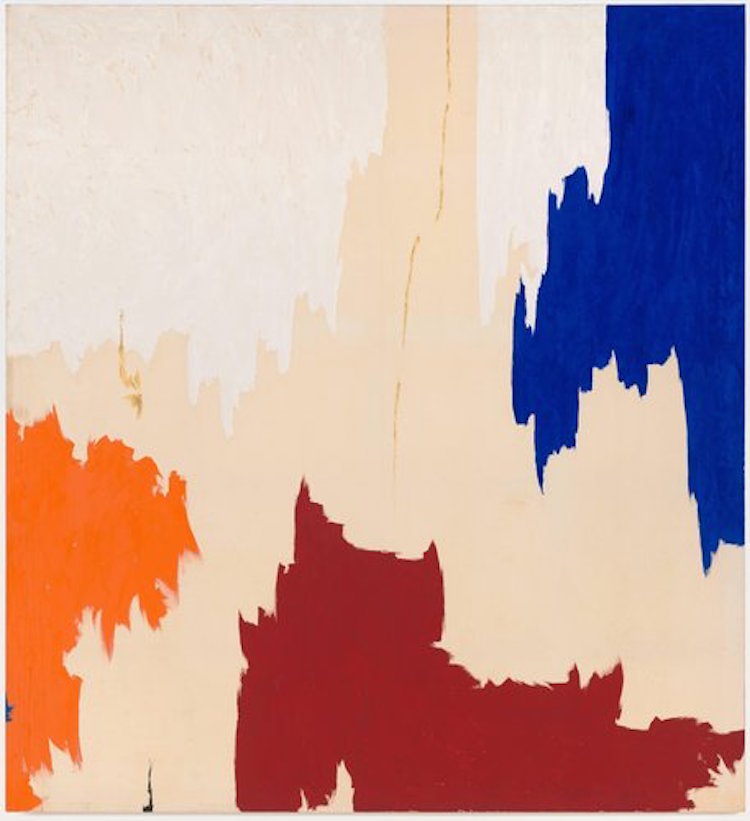
PH-973 (1959)
Photo: SFMOMA
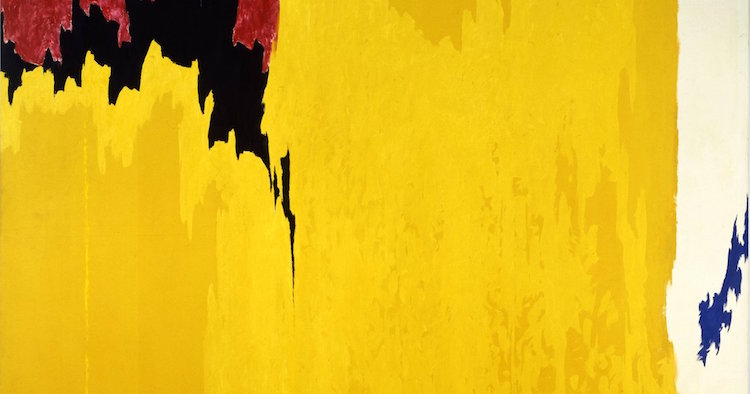
PH-971 (1957)
Photo: SFMOMA
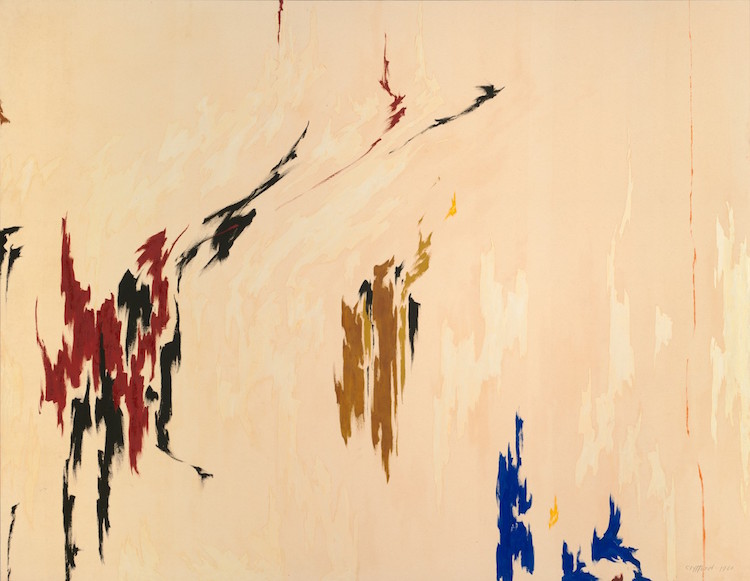
PH-960 (1960)
Photo: Clyfford Still Museum
Franz Kline
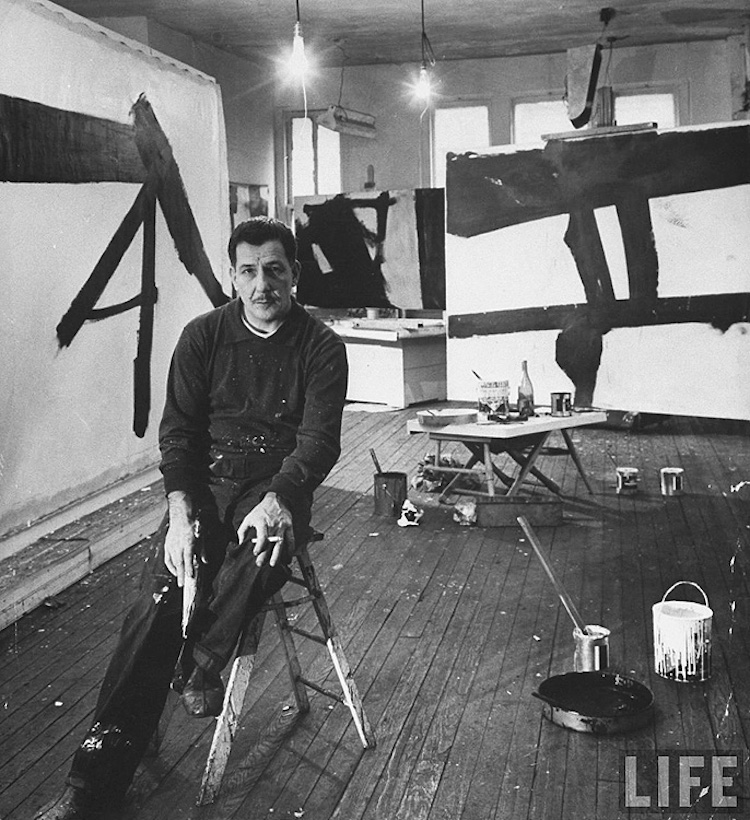
Photo: Life Magazine
The paintings of Franz Kline feature fluid, thick brushstrokes that intersect, overlap, and interact with one another. Ranging from black-and-white pieces that play with negative space to colorful compositions full of energy, his paintings illustrate his evolving aesthetic.
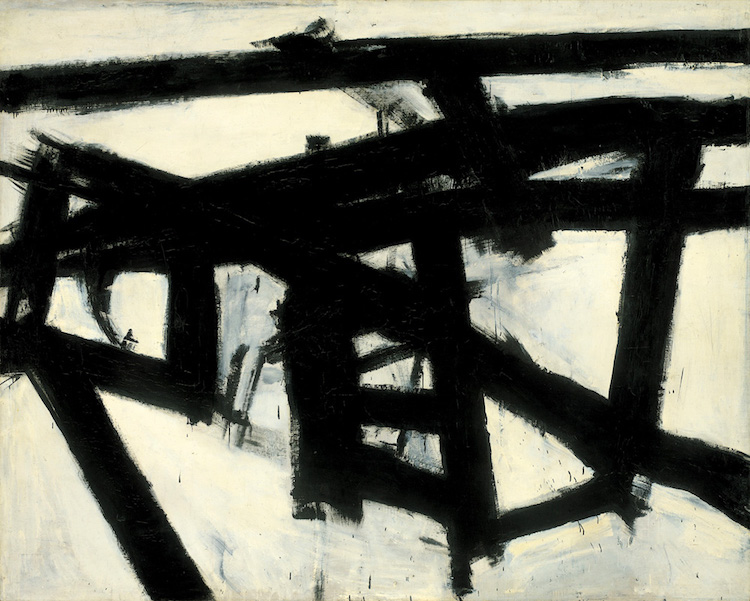
Mahoning (1956)
Photo: Gallery Intell
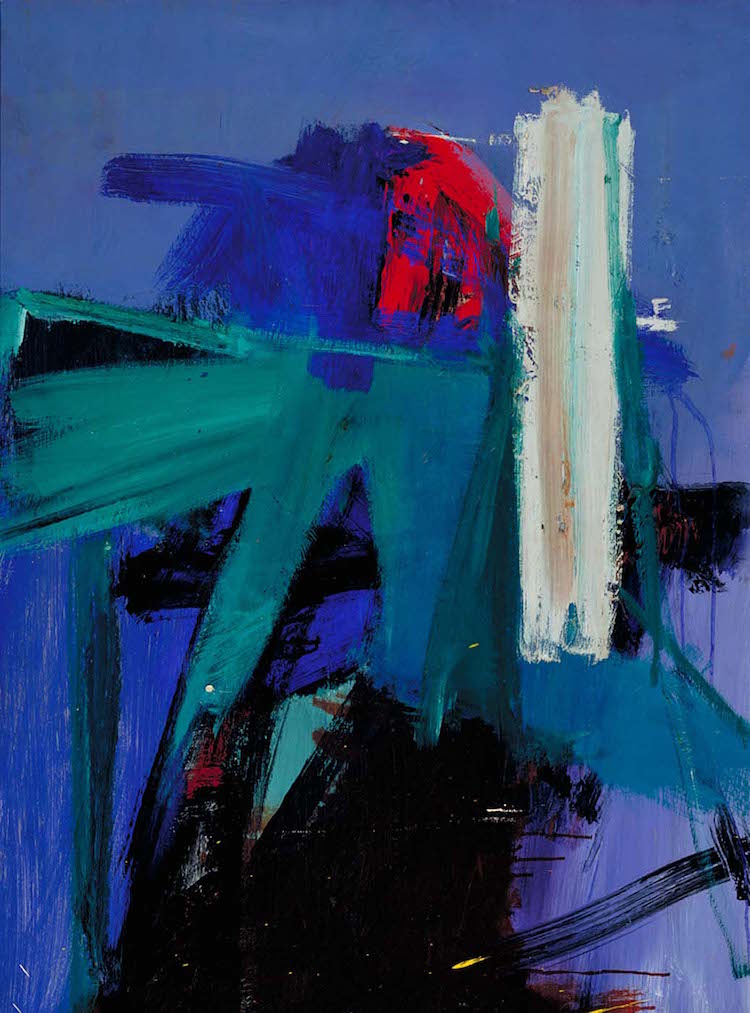
Blueberry Eyes (1959-1960)
Photo: SAAM
.









